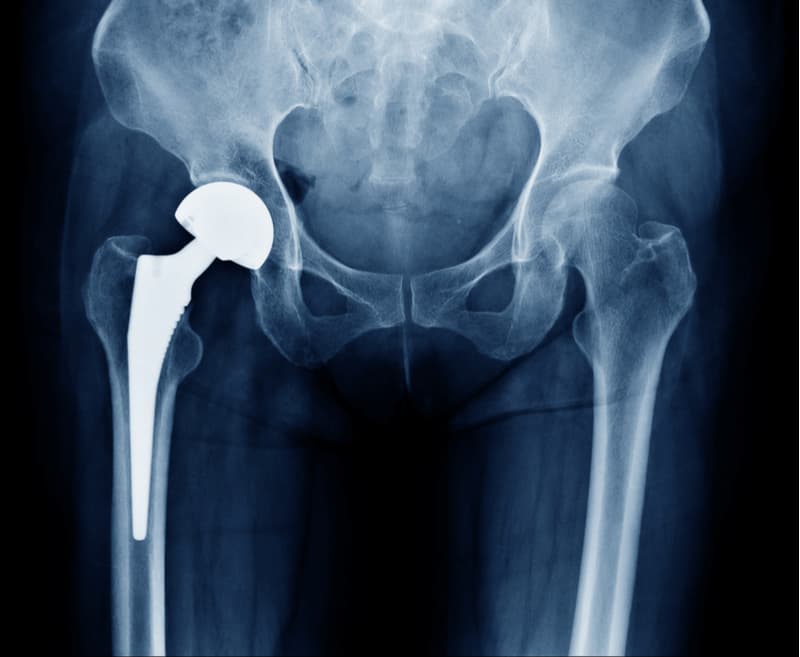By Andrew Skyrme, Consultant Orthopaedic Surgeon
What is a bunion?
A bunion is a bony protuberance that develops at the base of your big toe. With time the big toe drifts towards the second toe and if left untreated can under or overlap the second toe.
As a result of the bunion patients often develop pain in the big toe itself or pain in the second toe as it becomes crowded. Patients can often develop pain underneath the ball of the foot at the base of the second toe and this is often known as transfer metatarsalgia. Frequently the lesser toes can develop hammer toe deformities as a result of crowding with the big toe drift.
What causes bunions?
Bunions tend to run through families and are much more common in women. Footwear can exacerbate the deformity in particular high heeled tight shoes. There are other medical conditions that increase the predisposition to developing bunions and one of these is flat foot deformity.
What treatments are available for bunions?
The first treatment available for bunions is essentially to wear wider fitting shoes and orthotics to support your foot in a neutral position. Unfortunately, with bunion progression the forefoot becomes wider and as such buying shoes becomes increasingly more difficult.
What does the surgical treatment of bunions involve?
The surgical treatment of bunions essentially involves the realignment of the big toe, cutting the first metatarsal and also the first bone in the big toe. There are over 50 ways of carrying out this type of surgery but one of the most successful techniques that is currently employed is the Scarf Akin procedure. During this surgery, the great toe is fixed with 2 or 3 very small screws which can be left in place long term. Patients usually go home the same day and are allowed to weight bear on the foot in a surgical shoe.
What to expect after a bunion operation?
After the operation patients have their dressings changed at week 1, week 2 and week 6. Patients are allowed to flat foot weight bear but are advised to elevate the foot as much as possible during the first 6 weeks to reduce swelling. Thereafter patients are allowed to walk normally in standard shoes as the swelling reduces and patients can return to most normal activities within 3 months of surgery.
What makes Horder Healthcare unique
Horder Healthcare is committed to providing the very best quality of care for our patients and customers. We are continuously working on improving and reducing risks and this is reflected in our consistently high CQC results, patient satisfaction questionnaires and minimal levels of infection.
We are a charity
We reinvest our profit to benefit more people and help us achieve our aim of advancing health.






